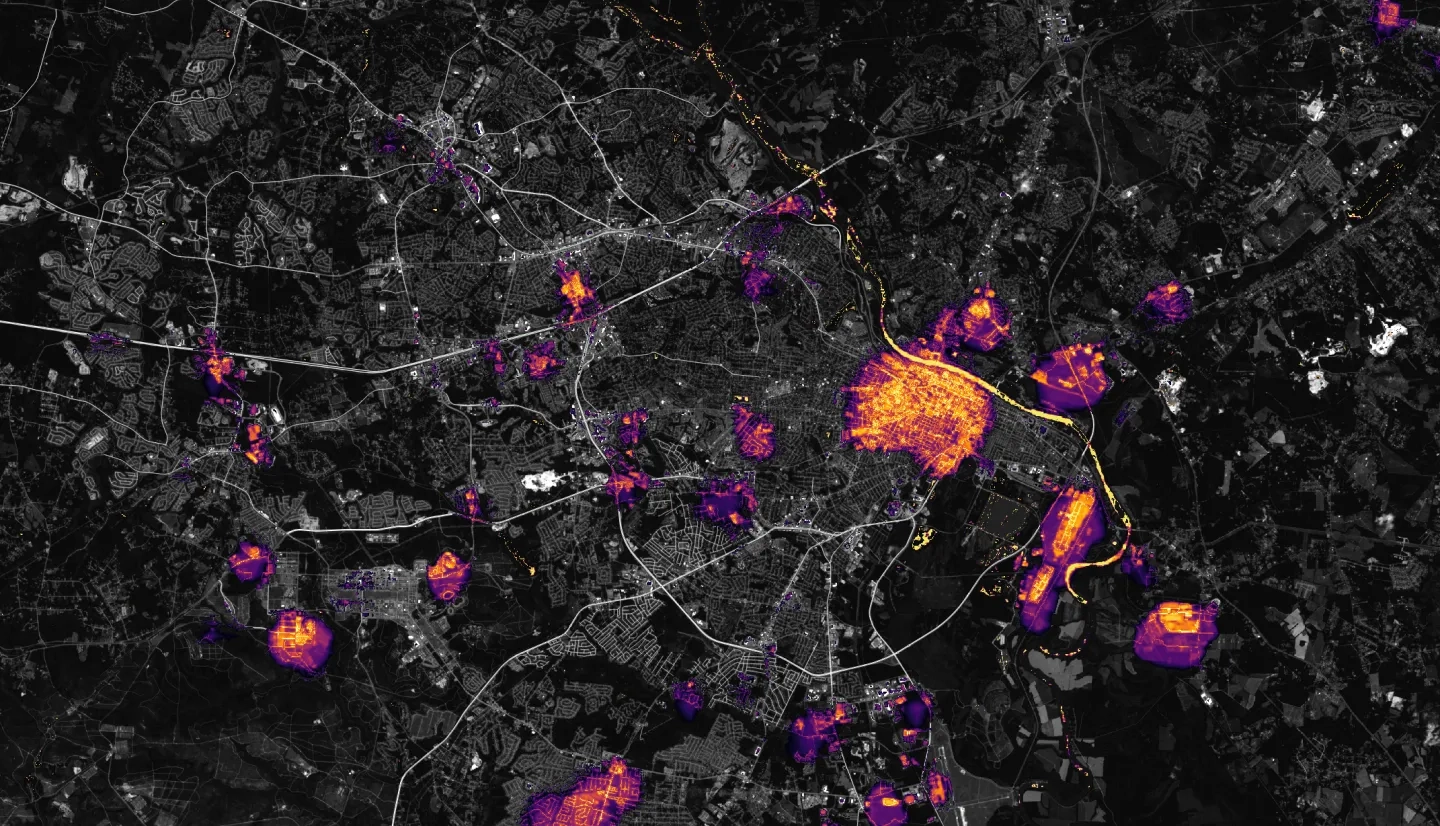The NASA Disasters Program has selected seven groundbreaking projects that will harness the power of Earth observations to help communities better understand, prepare for, and recover from disasters and extreme events. These projects, funded through NASA’s Research Opportunities in Space and Earth Sciences "Disaster Risk Reduction, Recovery, and Resilience" solicitation, support two years of innovative research and development to address critical challenges in disaster management.
The selected projects represent a diverse portfolio of hazards, approaches, and partnerships spanning multiple sectors and disciplines. Projects range from collaborations with electric utilities to enhance power grid resilience against severe storms and solar events, to partnerships with insurance companies to better assess severe weather risks, to work with transportation planners on protecting critical infrastructure. Working with emergency managers, government agencies, and private sector partners, these projects will translate cutting-edge research into practical tools for disaster preparation, early warning, and recovery. The research teams are taking varied approaches - from improving hazard monitoring systems to building adaptation strategies - while addressing multiple hazard types including floods, fires, severe storms, volcanic activity, seismic events, and more.
The projects address urgent challenges in disaster management, including infrastructure resilience, compound and cascading hazards, and increasing extreme events. They emphasize the integration of physical and social science to better understand community vulnerability, while developing new ways to prepare for and recover from disaster impacts. The projects will serve communities across the United States - from Alaska to Florida to California - and internationally through partnerships with organizations like the American Red Cross and agencies in the Dominican Republic.
The NASA Disasters Program will integrate these projects into their portfolio of Disasters Science to Action Projects which includes scalable tools and solutions to support disaster risk reduction and community resilience worldwide. Through this work, NASA continues its commitment to applying space-based Earth observations to protect lives and livelihoods from the impacts of disasters and extreme events.
Read the official announcement and learn more about each project
Projects and Their Principal Investigators
Using Remote Sensing Data to Address the Electric Grid Resilience to Tropical Cyclones
Karthik Balaguru (Battelle Memorial Institute)
Foresight in Disaster Management: Transforming Preparedness with Dynamic Scenario Planning
Erin Coughlan de Perez (Tufts University School of Medicine)
Local Projections of Hurricane Multi-Hazards and Transportation Risk Under Climate Change
Avantika Gori (Rice University)
GEDI-Resilience Navigator: Guiding Resilience through Modeling Economic and Social Impacts of Climate and Seismic Hazards
Charles Huyck (ImageCat, Inc.)
Enhancing Power Grid Resilience Through Multi-Hazard Analyses and Dynamic Responses
Ryan McGranaghan (Jet Propulsion Laboratory)
VolcSARvatory: InSAR Geodesy for Volcano Monitoring
Franz Meyer (University of Alaska, Fairbanks)
Climatological Analysis and Trend Detection of Severe Thunderstorm Risk over Europe and North America
Benjamin Scarino (NASA Langley Research Center)




